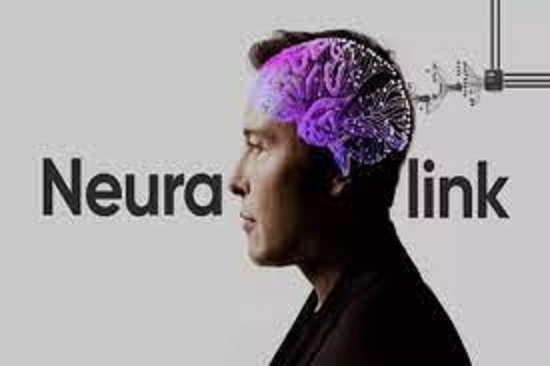Elon Musk makes monkeys write with Neuralink

Neuralink, Elon Musk's strange and somewhat vague brainchild, held an event on Wednesday that the CEO of Tesla, SpaceX and Twitter dubbed a "show and tell." And so it was: a monkey welcomed the audience by typing a message through a brain-computer interface.
Neuralink's product records the action potentials of neurons in the brain. This is done by placing an electrode close enough to the synapse of two neurons in the brain and recording the electrical impulse.
See also
The National Institute of Health has determined that this methodology does not cause damage to neurons or to the host patient in which the electrode is implanted. Its technical name is deep brain stimulation (DBS).
Neuralink is working on an ambitious project to enable paralyzed people to move again. The project plans to stimulate and mirror the movement centers of the brain, where synaptic activity no longer takes place, and to stimulate these centers via a computer.
Here is the complete video of the presentation (watch after about an hour of video)
The Neuralink event began with a slow series of typed letters that read: “Welcome to Show and Tell”. The typist was a monkey who controlled a computer with his brain. In reality, the monkey controlled the computer in a series of complex learning behaviors.
Neuralink staff explained how they trained the monkey to react to the numbers and letters on the display. The team rewarded the monkey for tracing letters and numbers, gradually moving on to more complicated numbers and words. Finally the monkey produced a sentence.
An implant in the monkey's brain translates neuronal activity in an orderly fashion. The monkey learns to control the screen by thinking about the letters.
The key to uniting the brain and the computer is the electrodes implanted in the monkey's brain. These electrodes are long, thin strands of metallized fibers. They are between 5 and 50 microns thick, smaller than a human hair. They are so light that, if dropped in the air, they would float away on wind currents too weak to move a hair.
The term “high fidelity” is used throughout the event to indicate a good quality response to electrical stimulation. The electrodes record neuronal activity, signals are released from the neurons, recorded by the computer chip, then mapped, organized and reproduced.
An engineer at Neuralink described the road to understanding the brain as a mile-long strip representing all the things a brain can do. If the road to understanding were a mile, we have only walked the first few inches so far. Neuralink has revealed the design of a unique implant system, which can have ten thousand electrodes in each electrode strand. The robot that implants the electrodes is now a surgical robot. The neurosurgeon prepares the patient, then the robot places implants in the brain. Because the electrode wires are so delicate, they cannot be held by a human hand.
The project is very creepy, but interesting. We'll see if it has a future…

Thanks to our Telegram channel you can stay updated on the publication of new articles from Economic Scenarios.
The article Elon Musk makes monkeys write with Neuralink comes from Economic Scenarios .
This is a machine translation of a post published on Scenari Economici at the URL https://scenarieconomici.it/elon-musk-fa-scrivere-le-scimmie-con-neuralink/ on Thu, 01 Dec 2022 17:01:30 +0000.
